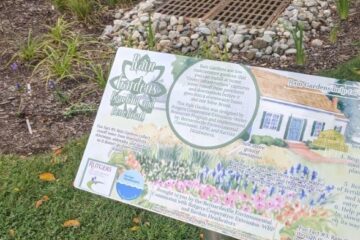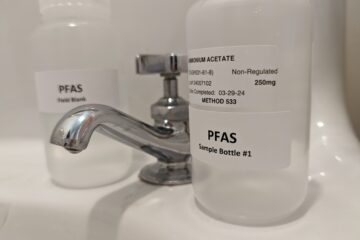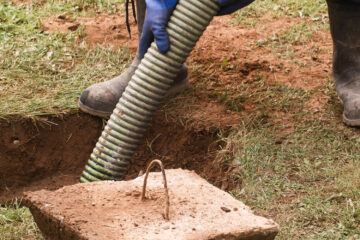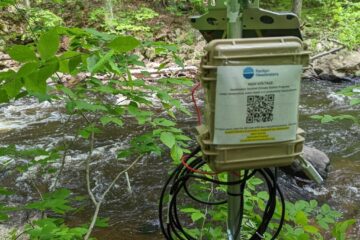Site Description
Site ID: BB18
East Amwell Township, Hunterdon County
Stream Category: FW2-NT (Category 2, Non-trout waters)
Site monitors Back Brook subwatershed (HUC: 02030105030050)
The site is located just upstream of the Van Lieu’s Road bridge.
The riffle at the site may be dry at certain times of the year (late summer/fall), but is fully wetted during stream monitoring season in June.
What is being monitored at this site?
- Biological and Visual Assessments (?)
- Chemical Testing (?)
- Bacteria Monitoring






